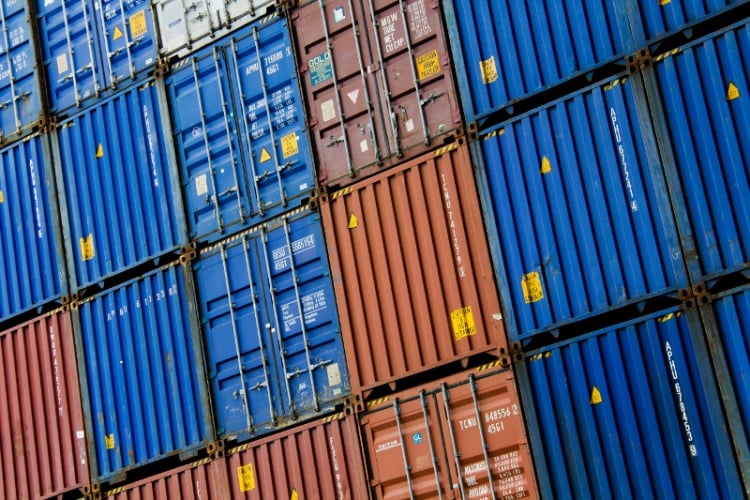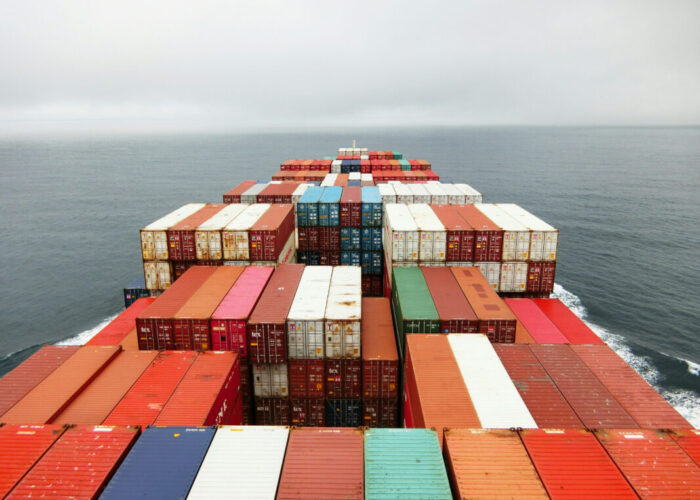
Detention of electronics by US customs, which includes solar PV products, has dropped to its lowest since the implementation of the Uyghur Forced Labor Prevention Act (UFLPA) in 2022.
According to a LinkedIn post by John Foote, partner at law firm Kelley Drye & Warren LLP, solar comprised than 47% of monthly detentions over the last year. However, that percentage dropped to 24% in June 2024.
Unlock unlimited access for 12 whole months of distinctive global analysis
Photovoltaics International is now included.
- Regular insight and analysis of the industry’s biggest developments
- In-depth interviews with the industry’s leading figures
- Unlimited digital access to the PV Tech Power journal catalogue
- Unlimited digital access to the Photovoltaics International journal catalogue
- Access to more than 1,000 technical papers
- Discounts on Solar Media’s portfolio of events, in-person and virtual
In total, US$27 million worth of goods was detained last month for the electronics industry (which accounts for solar). This is the lowest figure since the implementation of the UFLPA in June 2022 when US$7 million was detained.
Since June 2022, products coming from Malaysia had the highest value amount detained with more than US$1.5 billion, followed by Vietnam with nearly US$1 billion. Nearly half of the amount came during the current fiscal year – which for the US Customs and Border Protection (CBP) runs from October 2023 to September 2024 -, with US$0.51 billion worth of solar products detained from Vietnam, the highest so far this fiscal year.
Despite the relatively low value of detained products in June 2024, thus far over US$1 billion has already been detained during the first half of the year. This is only US$200 million short for the whole of 2023, when US$1.2 billion of value was detained.
Aluminium added to ‘high priority’ for enforcement
US Homeland Security has also updated its UFLPA Strategy list, adding aluminium as a “high priority sector” for enforcement. In the report, it highlighted that the Xinjiang region produces over 15% of China’s aluminium, which represents 9-12% of the world’s supply.
The addition of aluminium to the list is of relevance for the solar industry as China accounts for the majority of aluminium supply (Premium access), which is used for the production of solar module frames.
Aluminium follows polysilicon in the list, which was included from the beginning of the UFLPA in June 2022. Earlier this year, exports of polysilicon to China had fallen to their lowest level since 2011, due to US import laws, including the UFLPA. The same report, from Bernreuter Research, showed that exports of polysilicon from China to Southeast Asia – where the US sources most of its solar supply – had grown by around 700% from 2022-2023.
“Since [the] implementation of the UFLPA’s rebuttable presumption, CBP has examined more than 9,000 shipments, valued at more than $3.4 billion, to ensure that goods made with forced labor do not enter US commerce,” said Robert Silvers, under secretary for Strategy, Policy, and Plans at the US Department of Homeland Security.






